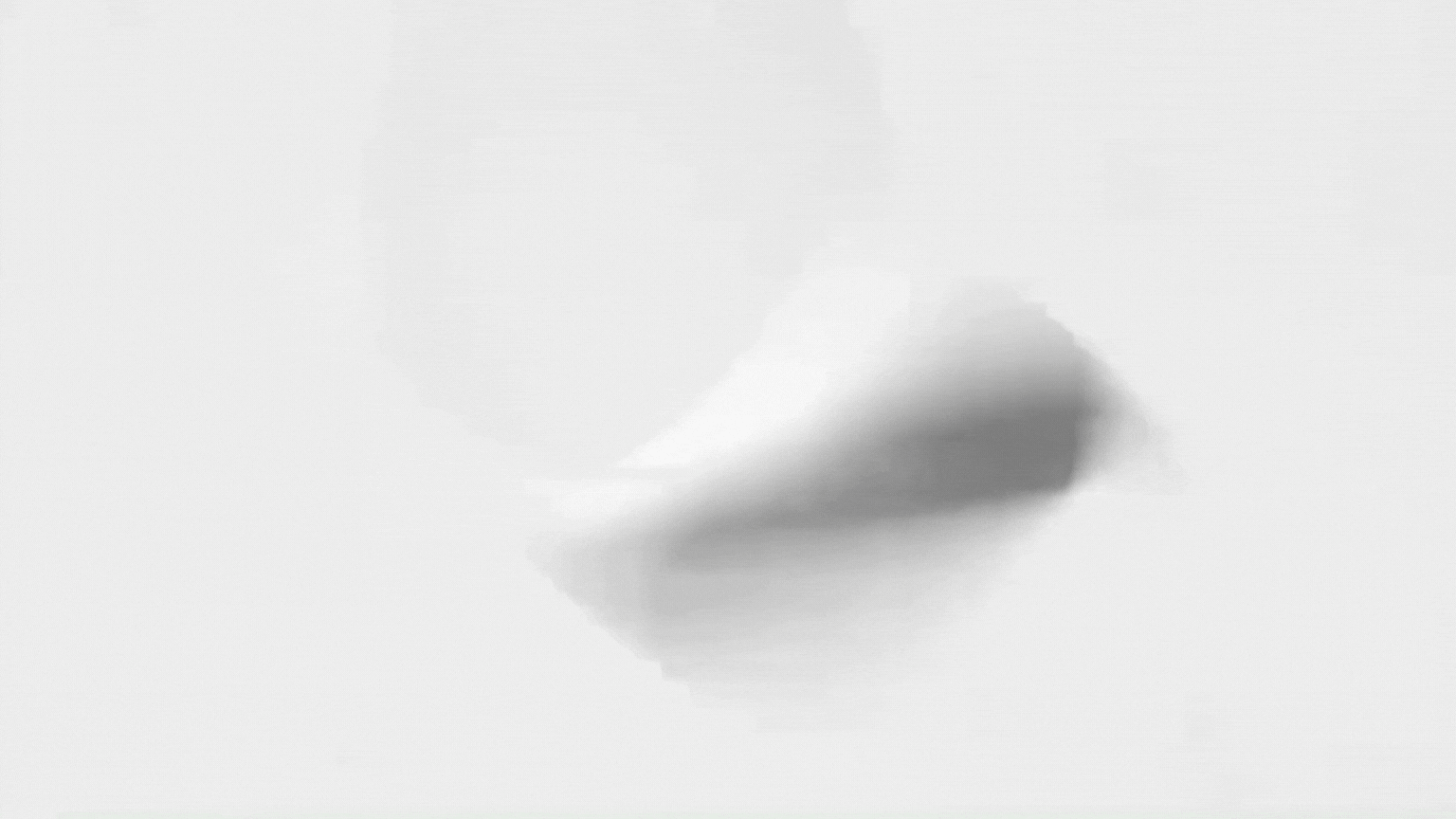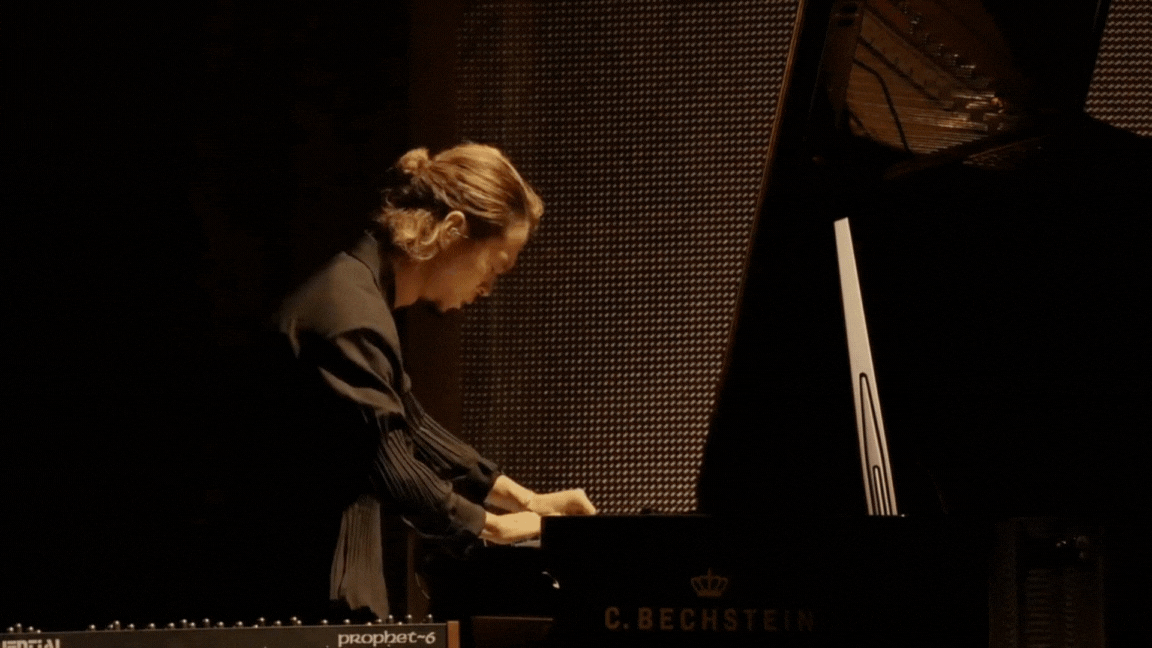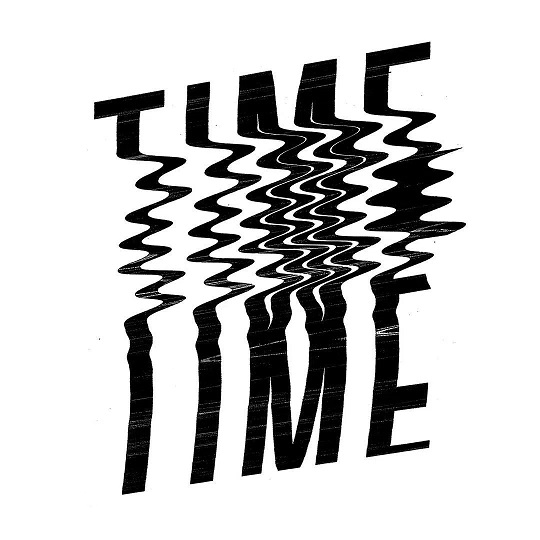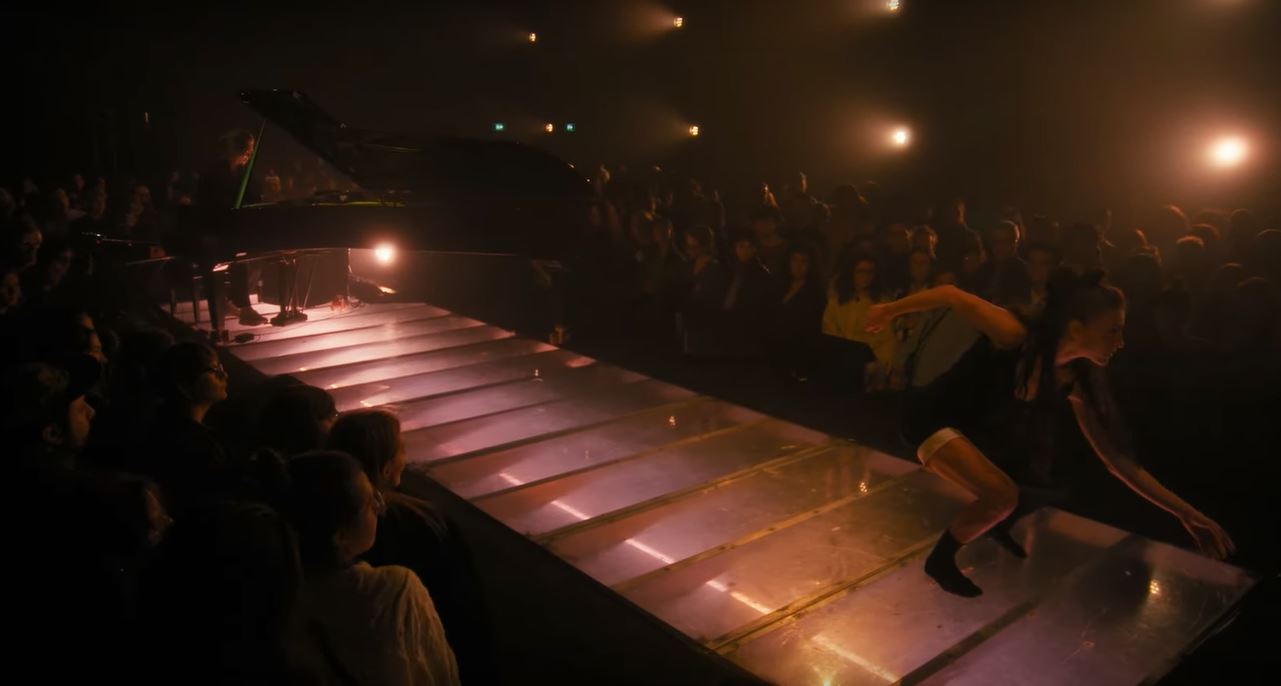

COMPOSITION
FRANCIS KANAI
Artist review | Niklas Pekka for Blink Berlin © April 2024
Photographer Francis Kanai, hailing from
Takasaki, Japan, and poet Malaya Malandro, residing in Los Angeles,
USA, join forces in a unique collaboration that lead to their book
“Everything is a Self-Portrait”, published in 2023. Beyond simply
working together across different artistic disciplines, their
partnership underscores the convergence of two distinct perspectives on
interpreting the world: photography and poetry.
In
both the poetry of Malaya Malandro and the photography of Francis
Kanai, there is a concerted effort to capture the fleeting emotions of
contemporary times. Through their respective mediums, they reflect the
complexities, anxieties, and ambiguities of the modern world.
In
"Everything is a Self-Portrait", Kanai and Malandro explore the
fundamental question: How does meaning emerge in the world? Rather than a
static entity waiting to be discovered, sense is an ongoing process,
continually evolving as we engage with our surroundings. In essence, we
actively construct sense through our relationships and experiences with
others.
Art, therefore, embodies this process of sense-making, reflecting shared experiences and perspectives.

Through collaboration, unique artworks are born, transcending what each individual could achieve alone. Collaboration, as a form of shared experience in art, represents an impossible gesture for those in isolation. Art becomes a testimony to the intertwining of singular and plural perspectives with the world by blurring edges and filing blind spots of the others perception, leading them to explore the concept of the "unending self" — a notion that speaks to the interconnectedness and continuity of human experience.
Reading "Strawberry Cigarette" by
Malay Malandro while gazing at Francis Kanai's photograph evokes a
visceral experience of tension and ambiguity. The poem's intense
atmosphere, depicting a heated exchange between lovers, contrasts with
the divergent situations captured in Kanai's photographs.
In
the poem, the heated dialogue between the lovers, coupled with the
absence of a response from the other, intensifies the sense of conflict
and emotional turmoil. The lines "You are the 100 hollow eyes I have
seen before, // wearing the dry mouth of a lonely person" evoke a sense
of longing and bitterness, hinting at the complex dynamics between the
self and the other.
Her words resonate with the
emotional turmoil and existential angst that many individuals experience
in today's fast-paced and uncertain world. By tapping into universal
human experiences, Malandro's poetry serves as a poignant commentary on
the human condition in the contemporary era:
Examining Kanai's photographs adds another layer of complexity to the narrative. The image of two men sitting back-to-back in what appears to be an airport or train station conveys a sense of disconnection and isolation, mirroring the themes of loneliness and longing present in the poem. On the other hand, the image of the naked male body and the female hand holding a cigarette in a car suggests intimacy and vulnerability, juxtaposing the distant and detached mood of the previous image.
However, the absence of facial
expressions in both the poem and the photographs spark a gloomy and
enigmatic quality of intersubjective experiences. Without the ability to
discern the emotions behind the characters' gazes, the viewer is left
to interpret the scene based solely on body language and context,
inviting them to project their own feelings and experiences onto the
narrative.
Through their art, they provide a mirror to
society, encouraging viewers to confront and engage with the complex
tapestry of emotions that characterize the world we live in today.
COMPOSITION
KOKI NAKANO
Artist review | Niklas Pekka for Blink Berlin © March 2024
"How you touch or you want to touch the complexity of the world". This is the self-given definition of art by the Japanese born composer and pianist Koki Nakano. His belief is, that there is a primordial harmony – a flux of life – that our culture has forgotten but that inspires us every day. His music is an attempt to unfold and reconnect to this harmony.
It isn't a real surprise that Nakano composed and perfomed live the original music for the Issey Miyake AW collection 2024/25 "What has always been". Since Nakano‘s fascination for bodies and their movements and shapes is well known, it makes him the perfect match for art that creates clothes, the second skin of human kind.

Issey Miyake's fashion is known for its contemporary design, for its innovation and playful connection of different materials, and for its fluid shapes. This connection between music and clothes, marks another aspect of the introductory quote that highlights Nakano's holistic artistic approach. Clothes are an integral part of our daily lives, and they transcend the pre-given and static boarders of our sensible body.
Nakano maneuvers on the edges of classical and electronic music. His music is mysterious and opaque as if you must constantly follow the traces the sounds have left on the soil. But at the same time, it’s clear and transparent. On the one hand the piano chords are smooth, tentative – questioning and sensitive. On the other hand, vigorous and precise, diving deep into the innards of his instruments: the piano and the synthesizers. Always together, they flow into the harmony of the world he wants to express.
The best way to experience the art of Nakano is undeniably to visit one of his extraordinary performances accompanied with contermporary dance. One that stood out to me is his concert in Paris four months ago, accompanied by the choreographer and dancer Tess Voelker.
This concert gives me the feeling of the cycle of a day, beginning with the sunrise.
A very dimly lit stage and slow, peaceful light enlightens the piano and the synthesizers that lay inside the open body of the piano. Nakano is calm and in a spiritual mood, prepared for what will happen in the next hour. He builds up smoothly his intro, with clocking and ticking sounds like an alarm clock ringing in the morning. A wake-up call. It’s time to wake up. In between these drippy, ticking and clicking sounds, there is a sound that reminds me of the scream of a newborn baby. Everything is set up for a birth or sunrise—a new beginning.
Then, after the climax of the electronical rise, the piano starts playing. The electronical sounds fall into the background, whispering, and the piano enters the stage. Calmly and with his eyes shut, he touches the keyboards, and bright sounds echoing through the room.
After the intro of the first song, which sets the atmosphere for the evening, Tess Voelker appears on the stage. In the red and orange light of the morning, she moves across the stage with swirling and trembling movements. Her dance visualizes the music, the body resonates with the music Nakano is playing, and the music itself makes the dance hearable.
Her body postures moves along the music, or does the music move along her movements? You cannot tell. The intertwining of sound and dance comes to «zone of vagueness» where you can’t differentiate between what comes first and what follows. Music and dance create a situated unity of two poles of expressions.
After about 13 minutes, the light color changes. The red, gloomy light gives space to a colder, blueish light. We reach the climax of the sun and the day. It’s indeed not a summer day. It’s more like, since the concert is held in November, an autumn or winters day. Likewise, with the weather and the temperature change, the sound of the synthesizer becomes frostier and icier as well, and Tess Voelkers movements become sharper and extended through the room, growing like stalagmites in a cave.
At minute 26, the color changes again from blue to red. The sun sets and music becomes more joyful, sparkling and faster. And so do the movements of Tess Voelker become lighter, accelerated, yet more excited. At the end—the last 15 minutes – Nakano is left alone on stage and performing.
He closes the circle of the day and the concert by playing one dreamier and one more impulsive song. The light also becomes darker, yet more mysterious like the night in which we fall when we go to sleep.
What we experience by watching and listening to this musical and corporal arrangement is the natural flow of everyday life and of the ordinary world; the different tempi and rhythms that bodies express resonate throughout their musical corpus. It’s the flow from which his art arises—the energy that mobilizes the bodies—and it is this flow that becomes understandable in the listener's ears.
By listening to his music, we have the chance to reconnect to the one and only world we live in, where everybody is equal due to his connection to the same world. It’s an act of liberation to step out of one’s set boundaries and find harmony within us in touch with the world. Freedom is therefore an entanglement that deepens our connection to the tension of the world and the question of what it means to be alive, rather than an isolating process.
dance & multimedia
FRANCESCO MISCEO
Artist review | Niklas Pekka for Blink Berlin © Jan 2024
This month we followed the multi-sensual traces of the Italian multimedia artist Francesco Misceo. His art present us a holistic intertwining between the digital-machinic and the analog-organic sphere of the human body.
Together, we enter an atmosphere of a dreamlike poem that enfolds in front of us and affects all our senses. With Misceo, we are welcome to explore the manifold ways of expressing our bodies.
In his short art piece “Late night Tale” Francesco Misceo shows us a body in motion, dancing, as vehicle that transcends the body.

Touching and feeling the air, the heat, the coldness of the room around its skin. Sensing the hardness and the softness of the objects in its reach and out of reach. The body is in contact with his surrounding and other objects – like the flashlights – that help it transcend itself. Even though this piece is not danced outside in the nature, like many of his other pieces, still, we sense the connectedness and exteriority of the body.
The art piece itself navigates and convey on the imagery level between the half-naked moved body of flesh, muscles, and bones and the pulsing astral body of thousand starlike photons.
Maybe this is a reason why Misceo used lights at his hands. The hands don’t need daylight to see. The hands are light itself and for themselves. And the burst of the body might be then the freed emotions and motions, the liberated intensities that sleeps in our body until the daytime ends and starts to spread out when our body starts to dance.
The
body becomes a particle drift of infinitive affects, motions, and
emotions
that stream across space and time and towards an
impossible and infinitive end.
The “Late night Tale” is therefore always the tale of the body, a tale that is spoken when the day is gone, when night and its darkness arise and when our eyes become tired, and our hands wake up. Or maybe the “Late night Tale” cannot be shown but just be danced? Not been spoken but just felt?
In any way, in this tale – in his or our “Late night Tale” we lose the borders of our contemporary self, we start to dream (of) a body, a body of streams and clouds that slips away from its daily cover.
Especially when we go with our body undercover, when we hear and feel its movements and passions. In the night the body discovers its own rhythm and movement, its own stream when it is moving around and beyond borders.
This and much more is there in Misceos beautiful sensitive and quiet, rapturous, and expanding dance in which he invites us to dance the body and play with it. And in this movement, we might find something what laid hidden within ourselves. Other layers and photons that energize us and want to set free.
TATTOO ART
JULIM ROSA
Artist Interview | Kate Black for Blink Berlin © 2023
''Do what you need to feel at home in your body''. That was her message, one year ago, after standing half-naked inside a Gallery window display in Berlin, covering her body with stencil tattoos. How she kept spreading her thoughts and questions during a very unexpected year? What is her main inspiration? Let's find out.
What would you say are the 3 most important topics that you want to address as an artist?
I feel like the topics that I address in my practice evolve and change with time, but at the same time there's some core ideas that transcend the almost 15 years I've been producing art. If I had to pick 3 they would be reality, permanence and the questioning of convention.
Distorting a concept, for me, is a way of exploring it. I use distortion to explore what's the meaning of TIME, REALITY, GENDER, NORMALITY or PERMANENCE, for example.
What would you say are the 3 most important topics that you want to address as an artist?
I feel like the topics that I address in my practice evolve and change with time, but at the same time there's some core ideas that transcend the almost 15 years I've been producing art. If I had to pick 3 they would be reality, permanence and the questioning of convention.

What does the word "distortion" means to you Julim? How did it end up being the focal point of your tattoo style?
Distorting a concept, for me, is a way of exploring it. I use distortion to explore what's the meaning of TIME, REALITY, GENDER, NORMALITY or PERMANENCE, for example. It allows me to grab a word and softly make it go through waves, radically glitch it, break it into geometric shapes, or even distort it until the legibility is gone and it turned into a completely abstract composition.
Through distortion I ask questions. I interact with the concept, challenge it's conventional meaning and explore how it makes me feel.
I think it ended up being a distinctive point in my tattoo practice because other people connected to this idea of questioning, and having their own take, their own experience with this process. I help humans create their own personal distortion of a concept and then get it tattooed tailored to their particular body.
I am really interested to know more about your performative work. It is
not something that you see often when it comes to tattoo artistry.
Tattooing appeared in my life around 10 years ago, in a kind-of performative way. Back in Buenos Aires I shared an atelier with a friend and one summer we decided to build a tattoo machine from a tutorial we found online. Using a hair dryer motor, a button, a fork, a pen and a guitar string we built this DIY machine and tattooed each other. This kind of fell into my bigger art exploration, but then I got so fascinated by the permanence and intensity of the tattoo practice that I decided I wanted to really learn it and do it professionally. It was like learning a new media and I fell so deeply in love with it, but art and being a creative person came first, as I know it happened to so many other humans who were artists before tattooing. Maybe every tattoo I do is, in some way, a piece in collaboration with the human that receives it.
Do
you think that there is a discrimination against women's bodies, bodies
with tattoos or bodies in general that you wanted to address with your
performance "Never too much"? I know the answer is probably all 3 but I
am
curious to see which inspired you most in your performance and why.
The performance was inspired by a personal experience of walking around Berlin wearing shorts on one of the first days of summer. I felt so observed. Strangers were making comments about my appearance. This was like a shortcut in my brain to the years I lived in Latin America, where woman and gender non conforming people are constantly harassed, oppressed, discriminated, judged and killed. I remembered feeling so much shame, guilt, sadness. So at this point I decided I wanted to make a statement and take it to the extreme.
I did a performance in the window of a gallery, where I was standing naked for 1 hour, and all I was doing was covering my body completely with tattoo stencils. I felt really exposed, but also super empowered.
It felt like asking society "What happens when I transcend the limits of what you expect from me? Who determines what is "right" and "acceptable" when we are talking about my body?
